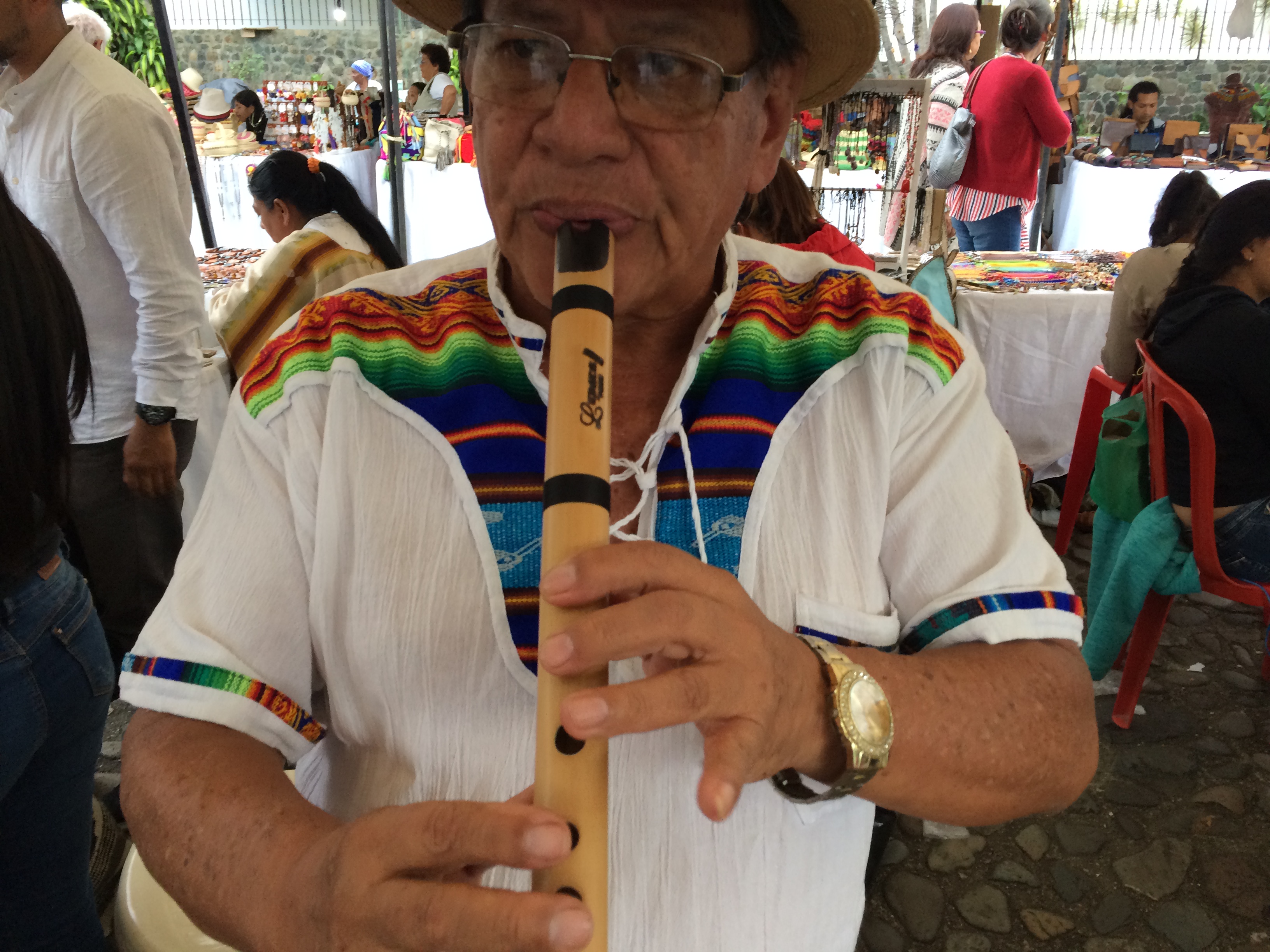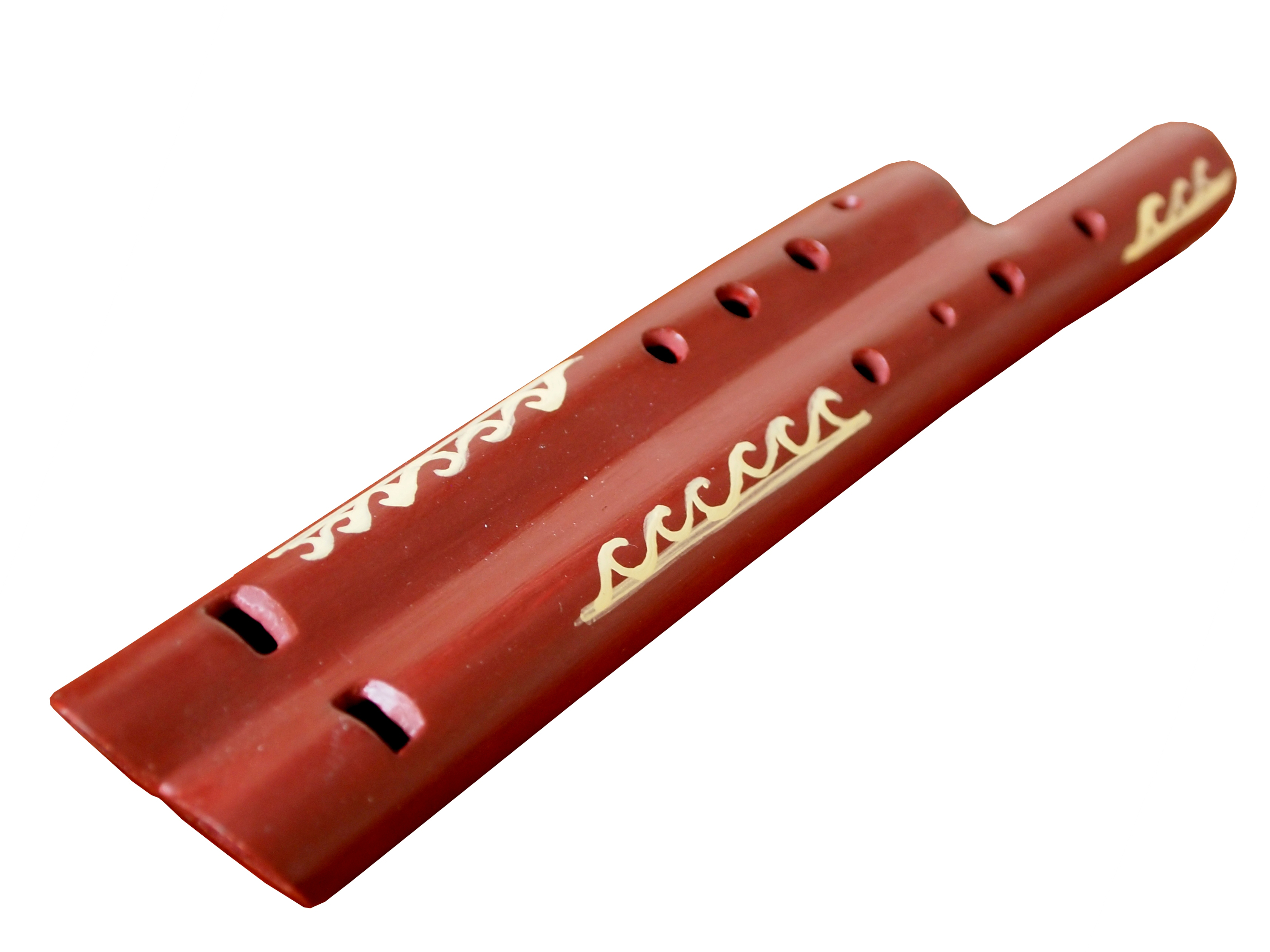The quena, an ancestral wind instrument that emanates captivating melodies, has been a cornerstone of Andean music for centuries. Its versatility, beauty, and ability to convey deep emotions make it an essential instrument for professional musicians. In this article, we will explore the 5 basic quenas that every professional wind musician should have in their repertoire, highlighting the tonalities and nuances that each one brings to their music.
1. Quenacho in C Major
The quenacho in C Major is a fundamental choice for the professional musician. Its tonality allows for the interpretation of songs in D minor and A minor, making it the perfect option for musical pieces with a melancholic, smooth, and relaxing tone. Its deep sound adds a unique richness and depth to compositions.
2. Quenacho in D Major
The quenacho in D Major is another essential component in the wind musician's repertoire. Although its sound is slightly higher than the quenacho in C Major, it still brings a unique depth to compositions. With the ability to play songs in E minor and B minor, this instrument is perfect for pieces that require a this range of tonalities.
3. Quena in F Major
The quena in F Major is the ideal choice when seeking softer and more delicate sounds. This tonality allows for the interpretation of songs in G minor and D minor, offering a more delicate option for playing melodies that require a special touch. It is perfect for pieces that aim for a soft and emotive nuance.
4. Quena in G Major: The Favorite and Most Versatile
The quena in G Major is undoubtedly the most commonly used by professional wind musicians. Its versatility allows for playing songs in A minor and E minor naturally, and with skill, it is possible to obtain tonalities in B minor and D minor. The choice of this tonality is essential to accommodate the key in which the singer is performing, making it a crucial element in any musical ensemble.
5. Quena in A Major: Perfect for Specific Tonalties
Last but not least, the quena in A Major is essential for playing in tonalities such as B minor and F# minor. In certain regions, such as Ecuador, it is widely used to interpret san juanito in B minor, as well as in the Peruvian huayno. This quena is indispensable for preserving the authenticity of specific musical traditions.
In summary, the choice of quenas for a professional wind musician is a crucial decision. Each tonality offers unique nuances and depth to the music, and the combination of these quenas in the repertoire allows for a versatile and moving performance. An experienced musician knows that they don't just play the quena but also immerse themselves in the essence of each tonality, conveying emotions and stories through music. Each quena is a brush in the hands of an artist, and the choice of these five basic tonalities is essential for painting an exceptional musical canvas.




